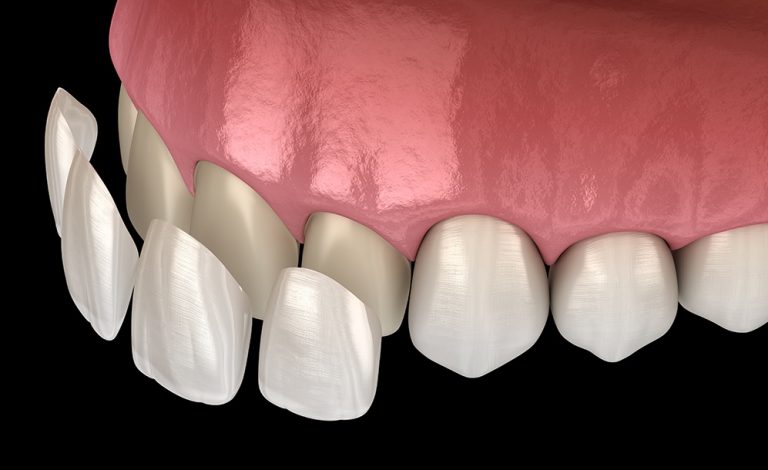Smoking After Extraction: Risks Revealed
The practice of smoking after tooth extraction has been a topic of concern among dental professionals for a long time. While it may be tempting to resume smoking habits soon after the procedure, the risks associated with smoking after extraction cannot be overstated. In this article, we will delve into the potential complications that can arise from smoking after tooth extraction, and explore the reasons why it is essential to avoid this habit during the recovery period.
Immediate Risks: Dry Socket and Infection
One of the most significant risks associated with smoking after tooth extraction is the development of dry socket, also known as alveolar osteitis. This condition occurs when the blood clot that forms over the extraction site is dislodged, exposing the bone and nerve endings. Smoking can dislodge the clot, leading to intense pain, inflammation, and delayed healing. Moreover, smoking can also increase the risk of infection at the extraction site, as it compromises the immune system and reduces blood flow to the area.
Long-term Complications: Delayed Healing and Bone Resorption
Smoking after tooth extraction can also lead to delayed healing and bone resorption. The chemicals present in tobacco smoke can impede the production of growth factors, which are essential for the healing process. As a result, the extraction site may take longer to heal, and the surrounding bone may resorb, leading to changes in the facial structure and potentially affecting the stability of adjacent teeth. Furthermore, smoking can also increase the risk of implant failure, as it can compromise the osseointegration process, where the implant fuses with the surrounding bone.
The Role of Nicotine in Impeding Healing
Nicotine, the primary psychoactive substance in tobacco, plays a significant role in impeding the healing process after tooth extraction. Nicotine can constrict blood vessels, reducing blood flow to the extraction site and limiting the delivery of oxygen and nutrients necessary for healing. Additionally, nicotine can also increase the production of free radicals, which can damage tissue and delay the healing process. The combination of reduced blood flow and increased free radical production can lead to a prolonged recovery period and increased risk of complications.
Comparative Analysis: Smokers vs. Non-Smokers
Studies have consistently shown that smokers are at a higher risk of developing complications after tooth extraction compared to non-smokers. A comparative analysis of smokers and non-smokers who underwent tooth extraction revealed that smokers were more likely to experience dry socket, infection, and delayed healing. Moreover, smokers also reported higher levels of pain and discomfort during the recovery period, highlighting the need for alternative pain management strategies.
Expert Insights: Recommendations for Smokers
According to dental experts, smokers should avoid smoking for at least 24-48 hours after tooth extraction to minimize the risk of complications. However, this period may vary depending on individual circumstances, and it is essential to follow the specific instructions provided by the dentist. Additionally, smokers can reduce their risk of complications by:
- Quitting smoking altogether, at least temporarily, during the recovery period
- Using nicotine replacement therapy, such as gum or lozenges, to manage cravings
- Avoiding strenuous activities, such as heavy lifting or bending, which can dislodge the blood clot
- Following a soft food diet and avoiding spicy or acidic foods that can irritate the extraction site
Historical Evolution: Changing Attitudes towards Smoking
The attitude towards smoking has undergone significant changes over the years. In the past, smoking was often viewed as a social activity, and its risks were not fully understood. However, as research has revealed the dangers of smoking, attitudes have shifted, and smoking is now widely recognized as a significant health risk. The dental profession has also evolved, with a greater emphasis on educating patients about the risks of smoking and providing resources to help them quit.
Myth vs. Reality: Separating Fact from Fiction
There are several myths surrounding smoking after tooth extraction that need to be addressed. One common myth is that smoking can help alleviate pain after extraction. However, this is not supported by scientific evidence, and smoking can actually increase the risk of pain and complications. Another myth is that smoking only affects the extraction site, when in reality, it can have far-reaching consequences, including delayed healing and bone resorption.
FAQ Section
How long should I avoid smoking after tooth extraction?
+It is recommended to avoid smoking for at least 24-48 hours after tooth extraction. However, this period may vary depending on individual circumstances, and it is essential to follow the specific instructions provided by the dentist.
Can I use nicotine replacement therapy after tooth extraction?
+Yes, nicotine replacement therapy, such as gum or lozenges, can be used to manage cravings after tooth extraction. However, it is essential to follow the recommended dosage and consult with the dentist before using any nicotine replacement products.
How can I reduce the risk of complications after tooth extraction?
+To reduce the risk of complications after tooth extraction, it is essential to follow the instructions provided by the dentist, avoid smoking, and maintain good oral hygiene practices. Additionally, eating a soft food diet, avoiding strenuous activities, and managing pain with recommended medications can also help reduce the risk of complications.
In conclusion, smoking after tooth extraction poses significant risks, including dry socket, infection, delayed healing, and bone resorption. Understanding these risks and taking steps to avoid smoking during the recovery period can help minimize complications and ensure a smooth recovery. While quitting smoking altogether is the best option, using nicotine replacement therapy and following the recommended guidelines can also help reduce the risk of complications. By being aware of the risks and taking proactive steps, individuals can reduce their risk of complications and achieve optimal oral health.
